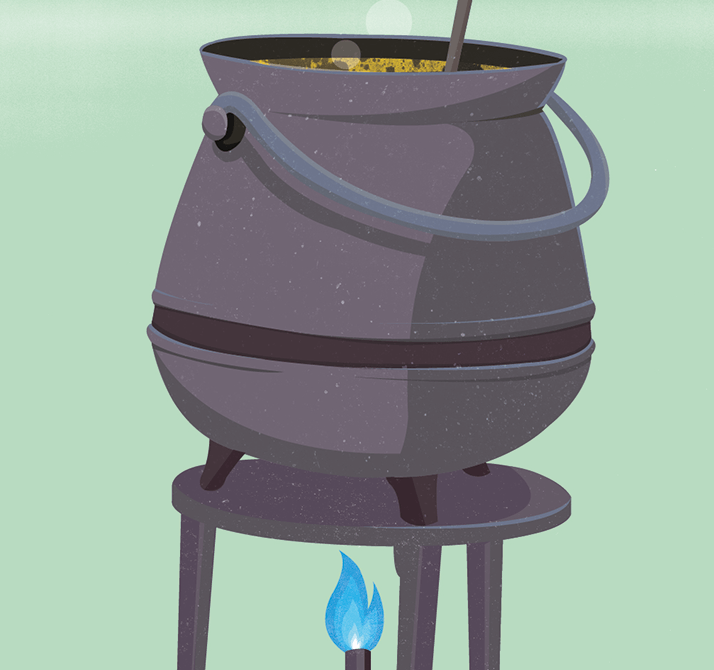
Researchers from The Scripps Research Institute claim to have developed a new method for synthesizing amines, which they describe as being akin to “taking dirt, and then adding a bit of rust, putting it all in a blender and ending up with gold” (1). In fact, complex amines are often more expensive than gold because they can be challenging (or even impossible) to make using traditional methods. This includes many with particularly desirable properties for drug developers, such as resistance to breakdown by enzymes in the body.
“Amines are very polar and therefore difficult to purify and manipulate without protecting groups,” says Phil Baran, the Darlene Shiley Chair in Chemistry at the Scripps Research Institute, and leader of the study. “I think that one of the most exciting aspects with our method is that it might one day be used widely by industrial drug and agrochemical makers for the betterment of humanity. Many companies have already told me they are using the new method, including Bristol-Myers Squibb (BMS), who are actively using it in current medicinal chemistry programs.” BMS and Scripps have been working together for some time as part of a multilaboratory partnership. In one of their latest projects, scientists from Scripps and BMS found that mixing two abundant (and cheap) feedstock compounds – nitro(hetero)arenes and olefins – with an iron catalyst could generate a variety of complex amine-containing compounds, under very mild conditions. According to Baran, most scientists have nitroarenes and olefins on a shelf in their lab, but it is only when they are merged in a precise way that they are able to produce such a wide range of amines. He adds that the method is very simple and practical to carry out. His team has successfully used the reaction to synthesize over 100 different amines, including drug compounds, in fewer steps than would be used in traditional methods. Indeed, some of the amines produced contained sensitive functional groups that couldn’t survive conventional amine synthesis reactions. Baran says, “Our lab has always been driven by pragmatic considerations and cost. We feel that if you’re going to invent a reaction it should probably be accessible to as many people as possible and not be over-engineered,” says Baran. “As for how our technique will fare in the future, time will be the ultimate judge of any synthetic method so let’s check back in five years. At the moment though, we are working on improvements such as rendering alkyl amines in higher yields.”
References
- Jinghan Gui et al., “Practical Olefin Hydroamination with Nitroarenes,” Science 348 (6237), 886-891 (2015).




